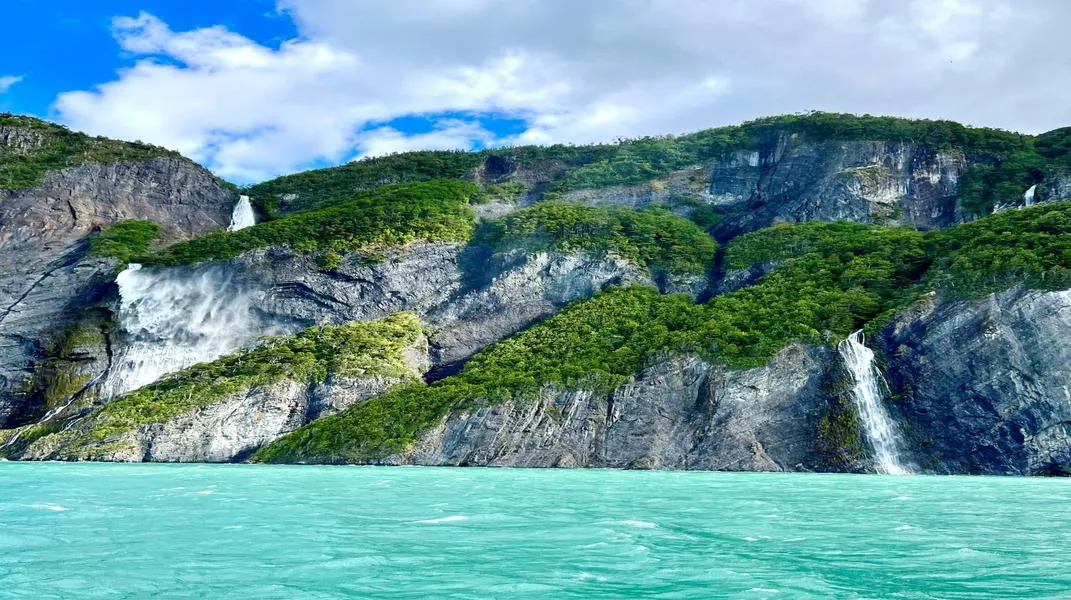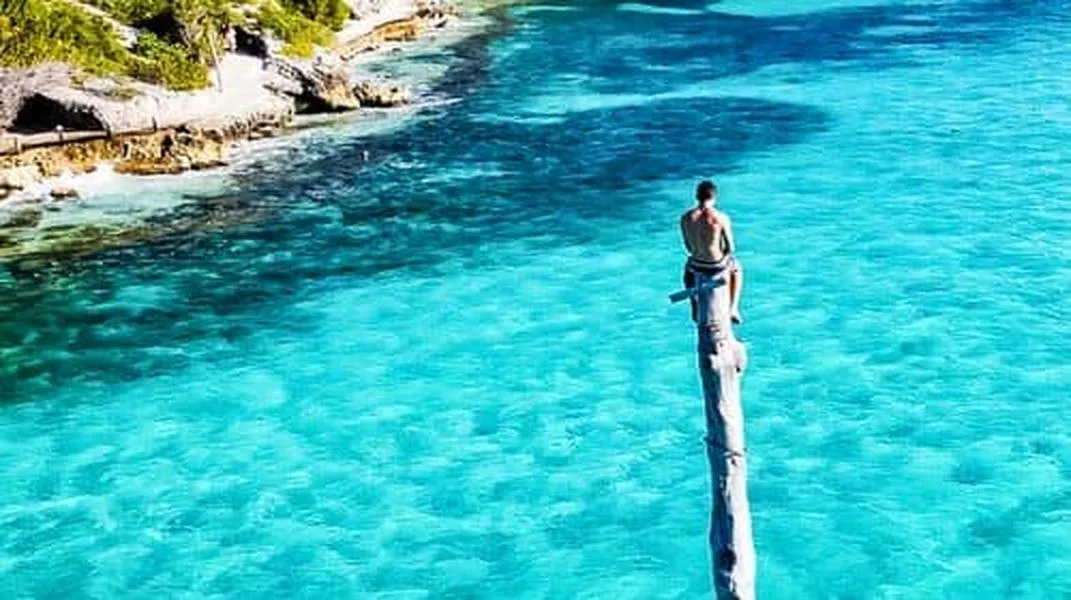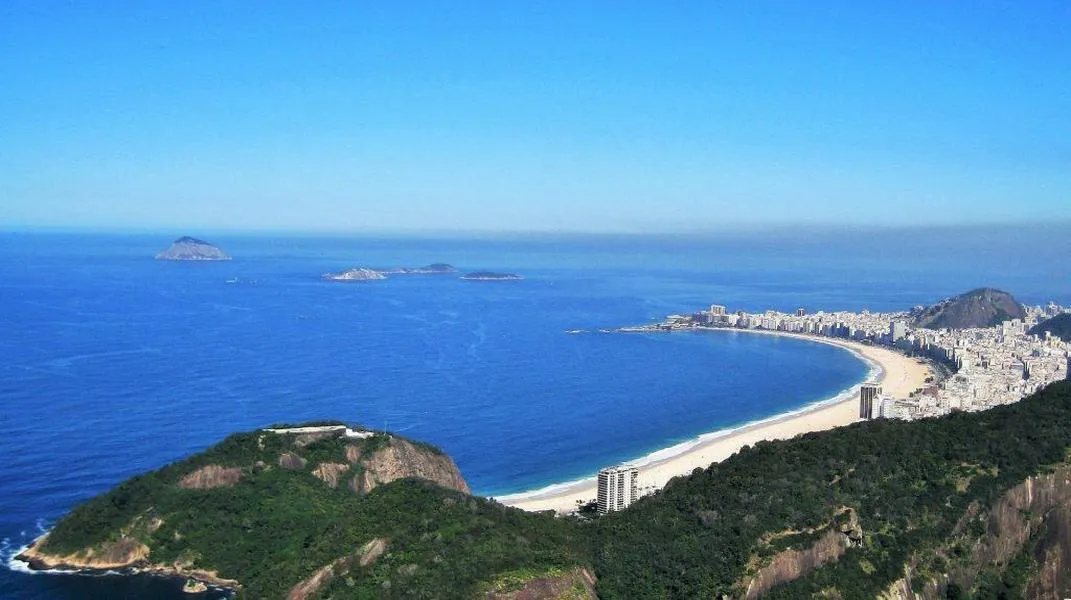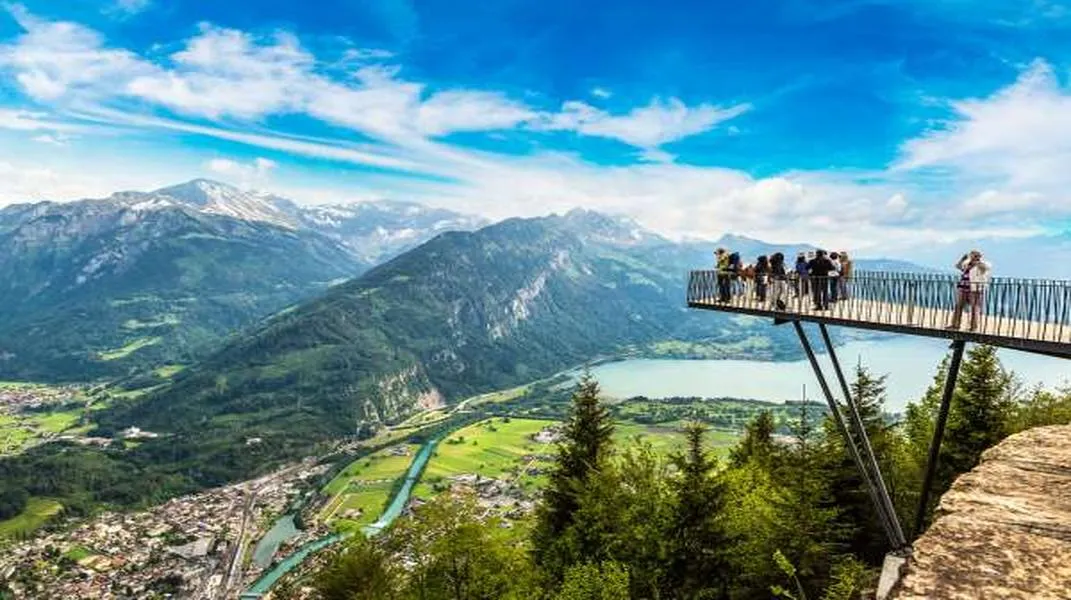Exploring Chilean Patagonia: A Traveler's Paradise
Chilean Patagonia, a breathtaking region located in the southernmost part of Chile, is a land of stunning landscapes, rich culture, and unparalleled outdoor adventures. Known for its dramatic mountains, glacial lakes, and sprawling national parks, this area is a haven for nature lovers, thrill-seekers, and anyone looking to disconnect from the fast-paced world. This article will delve into the wonders of Chilean Patagonia, highlight must-visit attractions, and provide a comprehensive guide on how to prepare for your visit.

The Allure of Chilean Patagonia
Chilean Patagonia encompasses a vast area of approximately 1,000,000 square kilometers and is characterized by its diverse ecosystems, including temperate rainforests, fjords, glaciers, and mountains. The region is home to iconic national parks such as Torres del Paine, Los Glaciares, and Bernardo O'Higgins. Each park offers unique landscapes and opportunities for exploration, from hiking and trekking to kayaking and wildlife watching.
Torres del Paine National Park
One of the most famous attractions in Chilean Patagonia is Torres del Paine National Park. This UNESCO Biosphere Reserve is known for its distinctive granite peaks, turquoise lakes, and sprawling grasslands. The park offers a variety of trails that cater to different fitness levels, including the renowned W Trek and the more challenging O Circuit. Hikers can witness stunning views of the iconic Torres del Paine towers, the Cuernos del Paine, and the Glacier Grey.
Key Attractions:
- The Towers (Torres del Paine): These three granite monoliths rise dramatically from the Patagonian steppe and are best viewed at sunrise or sunset.
- Lake Pehoé: Known for its stunning turquoise waters and views of the Paine massif, this lake is ideal for photography and relaxation.
- Glacier Grey: A spectacular glacier that flows into Lake Grey, offering opportunities for ice trekking and kayaking.
Los Glaciares National Park
Located just across the border in Argentina, Los Glaciares National Park is another must-visit destination for those exploring Patagonia. It is famous for its massive ice fields and the impressive Perito Moreno Glacier, one of the few glaciers in the world that is still advancing. Visitors can take boat tours to view the glacier up close or hike on its surface.
Key Attractions:
- Perito Moreno Glacier: A UNESCO World Heritage site, this glacier is known for its dramatic calving, where chunks of ice break off and crash into the water.
- Laguna de los Tres: A popular hiking destination that offers breathtaking views of Mount Fitz Roy and its surrounding peaks.
- Viedma Glacier: Less crowded than Perito Moreno, this glacier offers opportunities for ice trekking and stunning views.
Bernardo O'Higgins National Park
Spanning both Chile and Argentina, Bernardo O'Higgins National Park is the largest national park in Chile and is characterized by its rugged, remote landscapes. The park is home to stunning fjords, glaciers, and diverse wildlife. It is an ideal destination for those seeking solitude and a true wilderness experience.
Key Attractions:
- Serrano and Balmaceda Glaciers: Accessible by boat from Puerto Natales, these glaciers are a stunning sight and provide opportunities for hiking and photography.
- Fjord Exploration: The park’s numerous fjords offer unique opportunities for kayaking and wildlife watching, including sightings of sea lions and various bird species.
Preparing for Your Visit to Chilean Patagonia
Visiting Chilean Patagonia requires thoughtful planning and preparation due to its remote location and varying weather conditions. Below are some essential materials and tips to ensure a successful trip.
1. Travel Documents
Before you embark on your journey, ensure you have the necessary travel documents:
- Passport: Make sure your passport is valid for at least six months beyond your planned departure date.
- Visa: Check if you require a visa to enter Chile. Many nationalities can enter visa-free for up to 90 days.
2. Transportation
Getting around Chilean Patagonia can be challenging but rewarding. Here are some transportation options:
- Flights: Major cities like Punta Arenas and Puerto Natales have airports that connect to Santiago and other regions.
- Buses: Long-distance buses are a popular way to travel between cities and national parks. Companies like Bus Sur and Buses Pacheco offer reliable services.
- Rental Cars: Renting a car provides the flexibility to explore at your own pace. Ensure your vehicle is suitable for unpaved roads if you plan to venture off the beaten path.
3. Accommodation
Chilean Patagonia offers a wide range of accommodation options, from luxury lodges to budget-friendly hostels. Here are some suggestions:
- Lodges and Hotels: For a more comfortable stay, consider booking lodges like the Explora Patagonia or Hotel Las Torres, which provide guided tours and unique experiences.
- Camping: For outdoor enthusiasts, camping in national parks is a fantastic way to immerse yourself in nature. Make sure to reserve camping spots in advance, especially during peak season (December to February).
4. Clothing and Gear
Due to the region's unpredictable weather, packing the right clothing and gear is crucial. Here’s a list of essentials:
- Layered Clothing: The weather can change quickly, so pack moisture-wicking base layers, insulating mid-layers, and waterproof outer layers.
- Hiking Boots: Invest in sturdy and comfortable hiking boots with good ankle support and traction.
- Rain Gear: A waterproof jacket and pants are essential, as rain can occur at any time of year.
- Backpack: A daypack is ideal for carrying snacks, water, and extra layers during hikes.
- Sleeping Bag: If you plan to camp, bring a sleeping bag rated for the temperatures you might encounter.
5. Food and Water
While some lodges and camps offer meal plans, it’s advisable to carry snacks and food supplies, especially if you plan to hike. Here are some tips:
- Snacks: Pack energy bars, nuts, dried fruit, and other lightweight, high-energy foods.
- Water: Always carry a refillable water bottle. Many hiking trails have streams, but make sure to bring a water filter or purification tablets.
6. Safety and Navigation
Safety is paramount when exploring the wilderness. Consider the following:
- Maps and GPS: Download offline maps or carry physical maps of the areas you plan to visit. GPS devices or apps can also help with navigation.
- First Aid Kit: A basic first aid kit is essential for handling minor injuries or emergencies.
- Emergency Contacts: Familiarize yourself with the location of the nearest hospitals and emergency services.
7. Respecting Nature and Culture
As a visitor to Chilean Patagonia, it’s essential to respect the natural environment and local culture. Here are some guidelines:
- Leave No Trace: Follow the principles of Leave No Trace to minimize your impact on the environment.
- Cultural Sensitivity: Be respectful of the indigenous communities and their traditions. Learn about their history and culture before your visit.
Conclusion
Chilean Patagonia is a destination that promises unforgettable experiences, stunning landscapes, and a chance to connect with nature like never before. Whether you’re hiking the iconic trails of Torres del Paine, witnessing the grandeur of glaciers, or exploring the pristine wilderness of Bernardo O'Higgins, this region offers something for every traveler. By preparing adequately and respecting the environment and local culture, you can ensure a memorable and enriching adventure in the heart of Patagonia. So, pack your bags and get ready to explore one of the most beautiful corners of the world!




